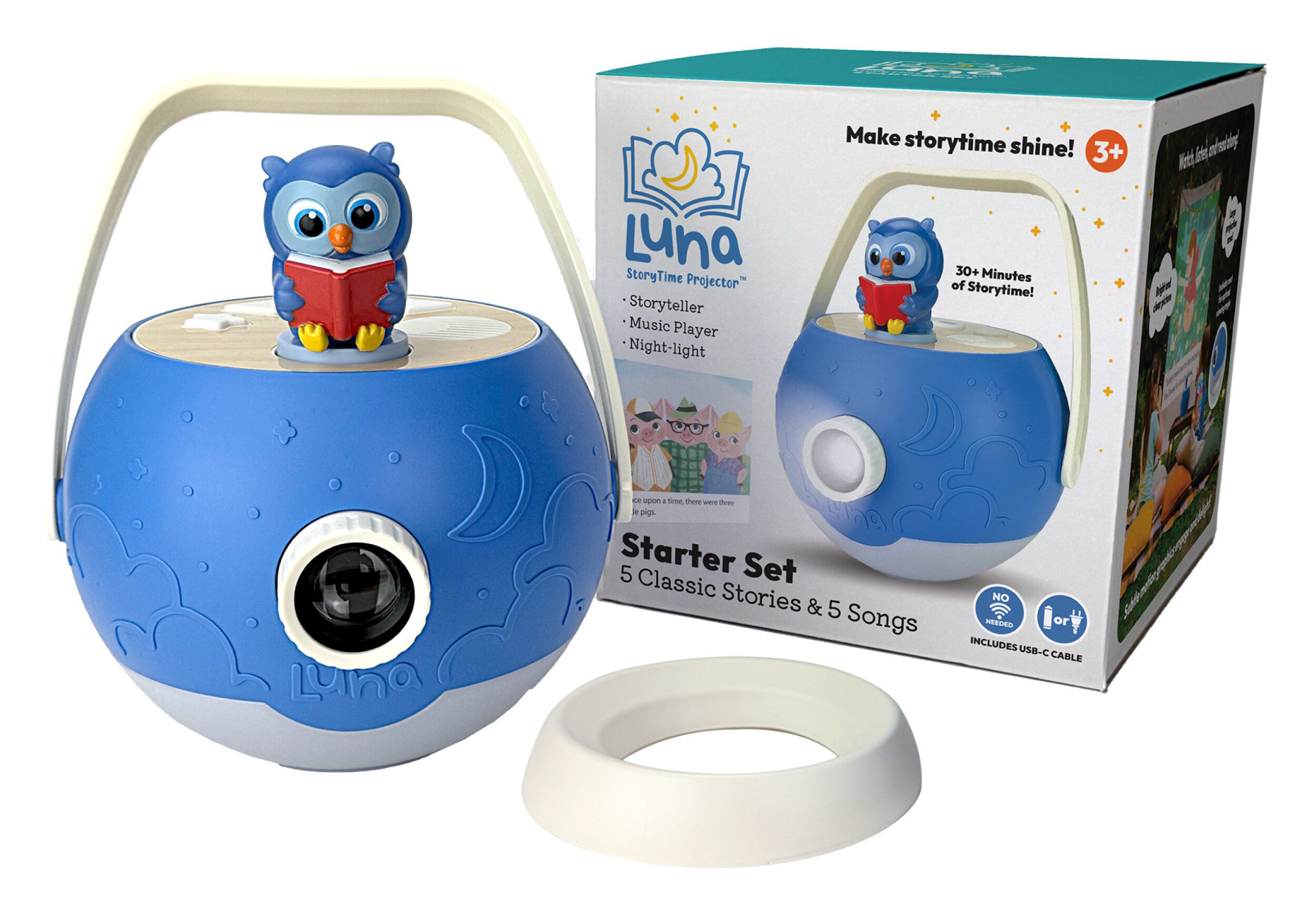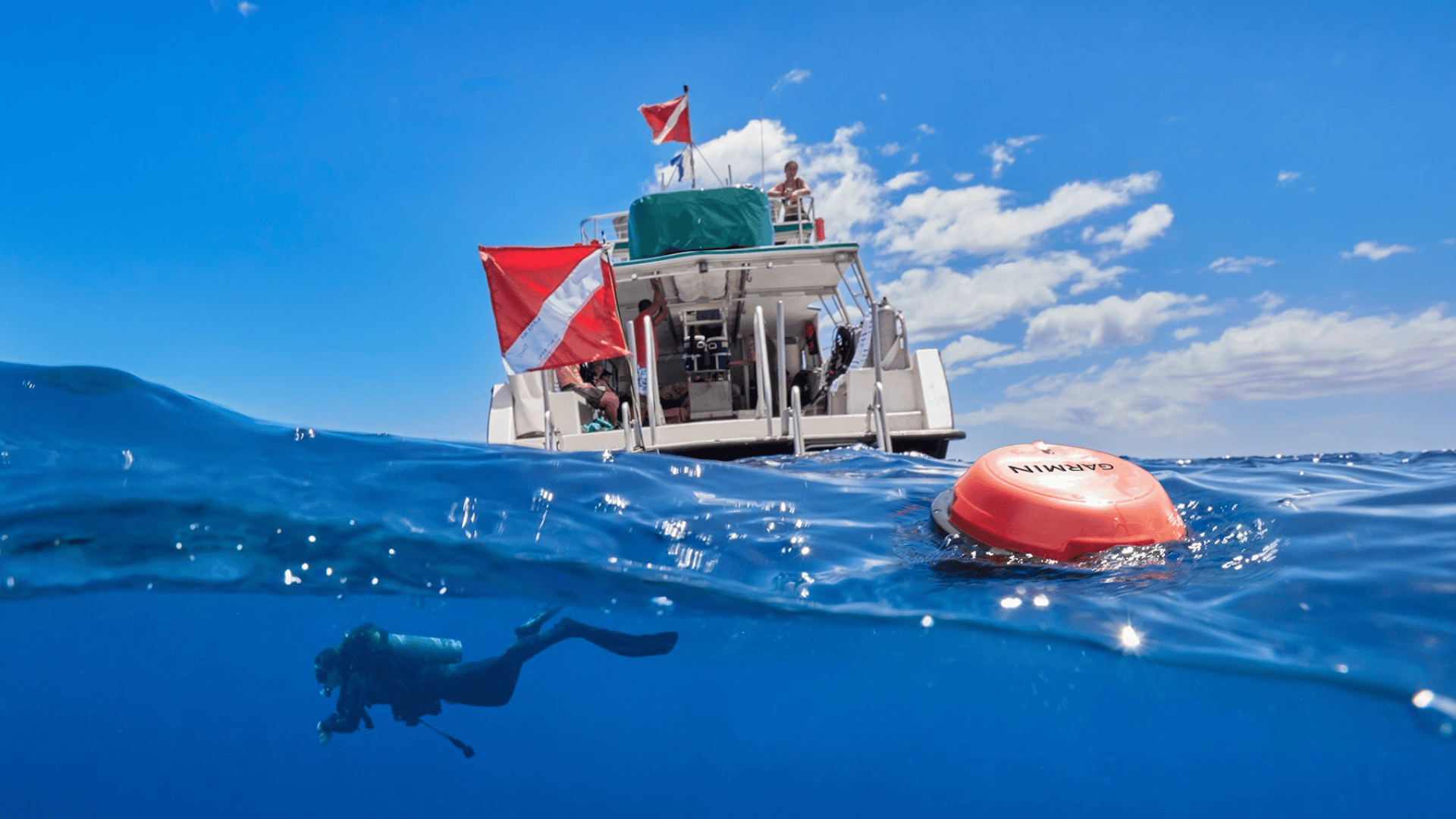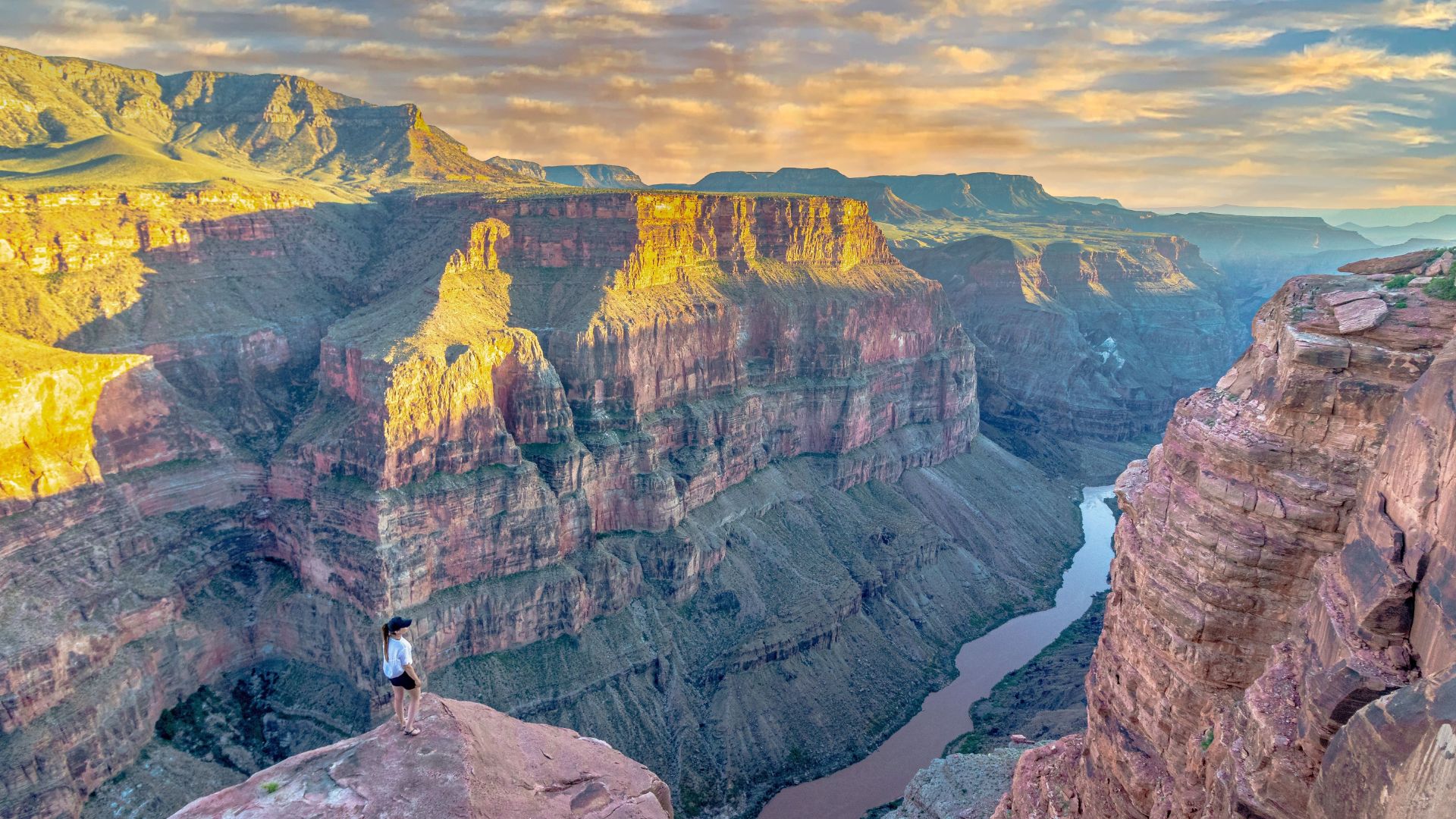Picture this: You’re sitting on your front porch in your favorite lounge chair. You breathe in the cool fall air and watch the leaves rolling down the street. You can hear children laughing in the distance and you see people walking up and down the street with their dogs in tow, giving you a friendly wave as they pass. You wrap your sweatshirt tighter around you, pull out your favorite novel, and take a sip from the smooth glass of barrel-aged bourbon sitting on the table next to you. If that isn’t a mood, we don’t know what is. These darker liquors with their unique oaky flavors are such a fall staple, but have you ever wondered how these concoctions are created?

Barrel Aging Basics
Barreling a spirit or wine is the process of storing the liquids in barrels for a specific period of time under controlled conditions. The process allows one to remove harsh flavors of the alcohol while also adding specific flavors from the woods as the two mix together over time. Other wood elements like lignin are changed by the heat as well, creating chemicals like phenolic aldehydes which can add additional flavors such as vanilla.
Another aspect of the aging process is that the barrels aren’t kept airtight, they allow oxygen to penetrate through the pores in the wood. Over time, the oxygen interacts with the spirit to create long-chain molecules.
This chemical process is visually shown through the color of the spirit as well. The alcohol will enter the barrel as a clear spirit and, over time, will age into that signature darker brown color that you see when you walk down the bourbon aisle at your local liquor store.

Barrel Aging Factors
There are many factors that affect the aging process, the first being the type of wood used to barrel the spirit. According to Liquor.com, some whiskey distillers and experts estimate that roughly 60% of the spirit’s character is derived from time spent inside the wood. Other flavors stem from the mash bill and yeast strain. The color is also affected by how long the whiskey is aged.
U.S. whiskeys and bourbons often have an oaky flavor with a hint of vanilla, a trait evoked from the American White Oak barrel in which it was aged. Federal law dictates whiskey and bourbon made in the U.S. be aged in new, charred American White Oak containers. These new barrels provide much stronger flavors than used ones, thereby playing a role in how flavors reveal themselves over the aging process.
The level of char also plays a role in flavor. A lightly-charred barrel may yield a sweeter flavor, while a heavily-charred one will typically be spicy or smoky.
Over the past century, white oaks have grown steadily and are the most prominent trees in the eastern woods by volume. They are the bedrock of ecosystems, providing habitat and food for hundreds of species, conserving water, and absorbing carbon emissions.
For these reasons, companies such as Bulleit Bourbon are committed to helping create a more sustainable future by committing to environmentally-conscious practices. Bulleit, for instance, has partnered with American Forests to plant one million trees over the next five years. That’s the equivalent of removing the emissions from driving 140,000 cars over one year; improving air quality equivalent to removing 1,000 cars from the road per year; and conserving 75 million gallons of runoff annually, equal to the water in 114 Olympic-sized swimming pools.
This commitment to sustainability from Bulleit also shows itself through the company’s building of a new, carbon-neutral distillery in Lebanon, Kentuck, set to go online in 2021. Bulleit also has earned The Oceanic Standard for its commitment to eliminate single-use plastics in its Visitor Experience,as well as its propane-powered bus, and on-site organic greenhouse where garnishes for cocktails are grown. On the distillery side, solar-powered forklifts move barrels, spent grain is recycled into animal feed, barrels are recycled after use for aging other spirits, and the carbon footprint is lowered by striving to source corn from within 30 miles.
Time and climate also play a role in how whiskey tastes. Have you ever wondered why 95% of bourbon is made in Kentucky? Besides the limestone-filtered water, Kentucky’s climate, with its extremes of heat and cold, allow the liquid to move in and out of the barrel as it ages. The longer it ages, the more this happens. The hotter it gets, larger pressure differentials force the liquid deeper into the wood. It, therefore, can take twice as long for liquor to age in a cooler climate like Scotland, where Scotch is made.
Different Liquor Characteristics
Not every type of liquor requires an aging process. Wine, for example, ages differently from other types of liquor due to the low-proof and yeasty nature. When bottled, it will continue to evolve and age whereas other alcohols will only age when barreled. Bourbon’s flavor, for instance, is frozen in time: it won’t continue to change or age.
In contrast to whiskey, bourbon, and Scotch, spirits such as rum, vodka, and gin don’t have requirements for aging. Typically it is whiskey, bourbon, and scotch that have aging requirements. More specifically, single malt scotch and Irish whiskey must be aged for a minimum of three years and Añejo tequila must be aged between one and three years.
The type of liquor will also affect how many times the barrel can be reused before it must be discarded or used purely for storage. Tequila, for example, could be barreled in the same container up to ten times while a wine barrel will only be used once.

Experimenting With Barrel Ageing
Reusing barrels isn’t just a sustainability initiative, it also influences the flavor of the spirits aged within. And, it can create an interesting mix of flavors. Many brands will experiment with the “finishing” of spirits in different types of barrels, for instance, a bourbon finished in a brandy barrel.
Reusing barrels also prevents spirits from being overpowered by the flavors of new wood. This is true of Scotch. This barley whiskey still pulls flavors out of the wood, adding to its flavor profile.
While most barrels are housed on land, some companies are experimenting with motion during aging. For example, Jefferson’s Bourbon teamed up with OCEARCH to sail new-filled bourbon barrels roughly 10,000 miles across the sea over three-and-a-half years. They hypothesized that the constant motion and temperature fluctuations at sea would accelerate the barrel aging process. The experiment resulted in a four-year-old bottle with a hue darker than its 30-year-old equivalent.
Other distilleries have gone to new depths. Seven Fathoms Rum matured 42-feet underwater in the Caribbean.
From beneath the ocean floor to new heights, other companies have found success experimenting with aging at higher altitudes. Montaya Rum is aged in the mountain town of Crested Butte, Colorado. With an altitude of 8,909 feet, the temperatures are always fluctuating, allowing the rum to move in and out of the barrel, pulling more flavor during aging.







